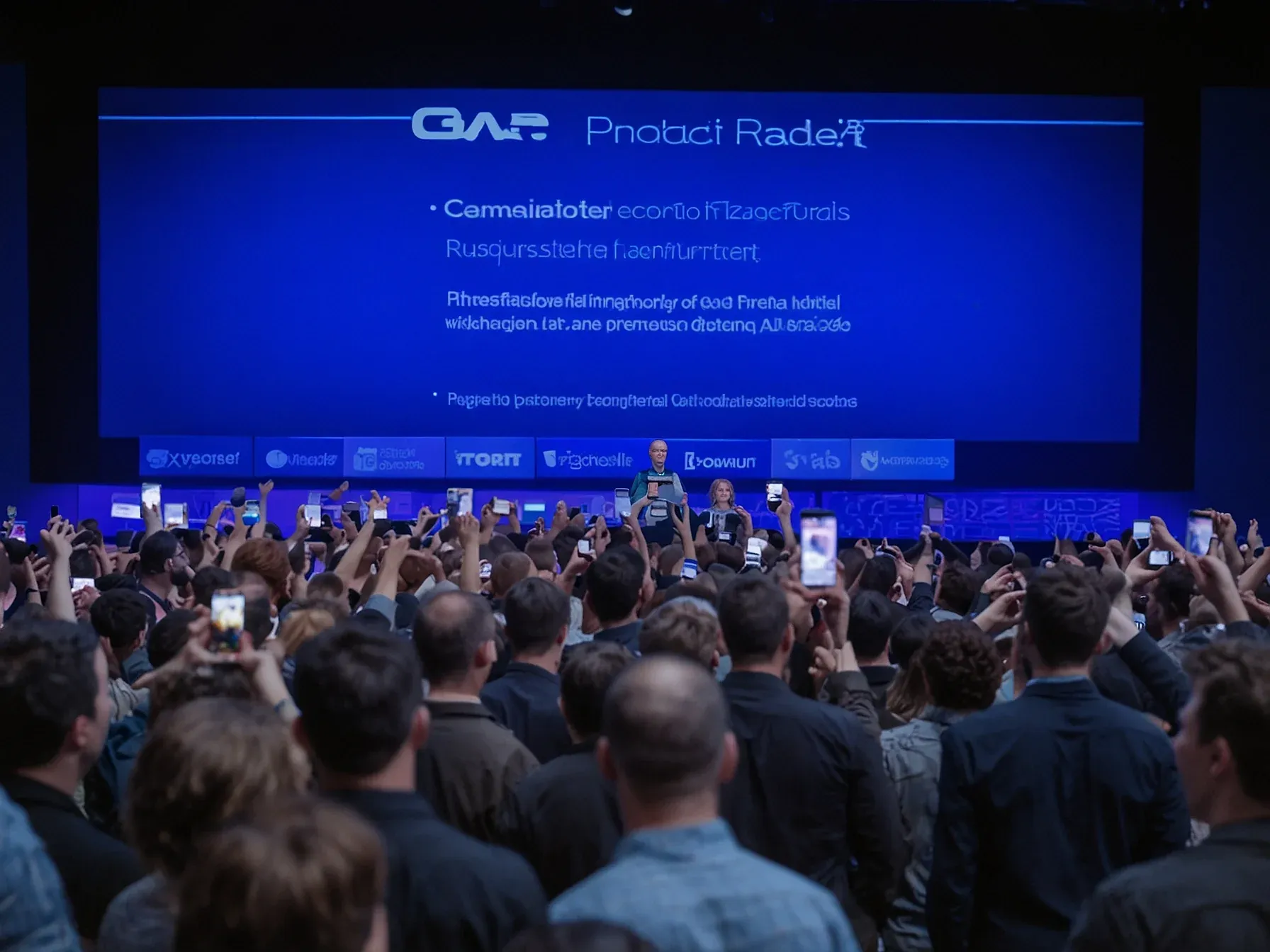
Google's Nested Learning uses Continuum Memory System for in‑context learning
Google’s latest research paper puts a fresh spin on a problem that has lingered since the first large language models appeared: how to keep a model aware of new information without overwriting what it already knows. The team calls the approach “Nested Learning,” a framework that layers learning stages so a model can revisit earlier knowledge while still absorbing fresh data. In theory, this could let a single system handle both short‑term queries and long‑term skill development, something current models struggle with when context windows hit their limits.
The authors argue that the key lies in a memory architecture that isn’t a single monolithic store but a hierarchy of buffers updating at different speeds. If the hierarchy works as described, it would let the model switch between rapid, on‑the‑fly adjustments and slower, more stable updates. That promise sets the stage for the detailed description of the system’s inner workings.
Hope is a self-modifying architecture augmented with a "Continuum Memory System" (CMS) that enables unbounded levels of in-context learning and scales to larger context windows. The CMS acts like a series of memory banks, each updating at a different frequency. Faster-updating banks handle immediate
Hope is a self-modifying architecture augmented with a "Continuum Memory System" (CMS) that enables unbounded levels of in-context learning and scales to larger context windows. The CMS acts like a series of memory banks, each updating at a different frequency. Faster-updating banks handle immediate information, while slower ones consolidate more abstract knowledge over longer periods.
This allows the model to optimize its own memory in a self-referential loop, creating an architecture with theoretically infinite learning levels. On a diverse set of language modeling and common-sense reasoning tasks, Hope demonstrated lower perplexity (a measure of how well a model predicts the next word in a sequence and maintains coherence in the text it generates) and higher accuracy compared to both standard transformers and other modern recurrent models. Hope also performed better on long-context "Needle-In-Haystack" tasks, where a model must find and use a specific piece of information hidden within a large volume of text.
This suggests its CMS offers a more efficient way to handle long information sequences. This is one of several efforts to create AI systems that process information at different levels. Hierarchical Reasoning Model (HRM) by Sapient Intelligence, used a hierarchical architecture to make the model more efficient in learning reasoning tasks.
Tiny Reasoning Model (TRM), a model by Samsung, improves HRM by making architectural changes, improving its performance while making it more efficient. While promising, Nested Learning faces some of the same challenges of these other paradigms in realizing its full potential. Current AI hardware and software stacks are heavily optimized for classic deep learning architectures and Transformer models in particular.
Adopting Nested Learning at scale may require fundamental changes.
Can Nested Learning truly overcome the static nature of current language models? The paper frames model training as a hierarchy of nested optimizations, rather than a single pass. By doing so, researchers claim the system can express richer learning algorithms and improve in‑context performance.
Hope, the self‑modifying architecture, adds a Continuum Memory System that behaves like layered memory banks updating at different frequencies. Faster banks capture immediate context, slower ones retain longer‑term information. This design promises unbounded levels of in‑context learning and larger context windows.
Yet, empirical results are not yet disclosed, leaving effectiveness uncertain. Results are pending. The authors argue that the approach could alleviate the memory bottleneck that limits continual learning.
Still, it remains unclear whether the multi‑level optimization will scale without prohibitive computational cost. If the CMS can be integrated efficiently, the paradigm might offer a path toward models that update after deployment. Until independent evaluations are published, the practical impact of Nested Learning stays tentative.
Further Reading
- Introducing Nested Learning: A new ML paradigm for continual learning - Google Research Blog
- Google's HOPE AI sets new benchmark for continual learning and memory - TMV
- Google Research Introduces "Nested Learning," A New Paradigm to Overcome Catastrophic Forgetting in AI - Data Global Hub
- AI inches toward a more human kind of memory - IBM Think
- The Architecture of the Mind: Google's "Nested Learning" and The Global Race for Continual Intelligence - Execute AI
Common Questions Answered
What is the main concept behind Google's Nested Learning framework?
Nested Learning is a hierarchical approach that layers learning stages, allowing a model to revisit earlier knowledge while absorbing new data. By treating training as a series of nested optimizations, it aims to support both short‑term queries and long‑term skill development within a single system.
How does the Continuum Memory System (CMS) enable unbounded in‑context learning?
The CMS functions as a series of memory banks that update at different frequencies, with fast‑updating banks handling immediate information and slower banks consolidating abstract knowledge. This layered memory structure lets the model retain new context without overwriting existing knowledge, effectively scaling to larger context windows.
What role does the self‑modifying architecture named Hope play in Nested Learning?
Hope is the self‑modifying architecture that integrates the Continuum Memory System, allowing the model to optimize its own memory in a self‑referential loop. This design enables dynamic adjustment of memory banks, improving the model's ability to learn and adapt during inference.
Why do the researchers claim Nested Learning can improve in‑context performance compared to static language models?
Because Nested Learning treats training as a hierarchy of nested optimizations rather than a single pass, it can express richer learning algorithms that adapt over time. The combination of layered memory banks and self‑modifying architecture helps the model retain and apply both recent and long‑term information, leading to better in‑context results.



